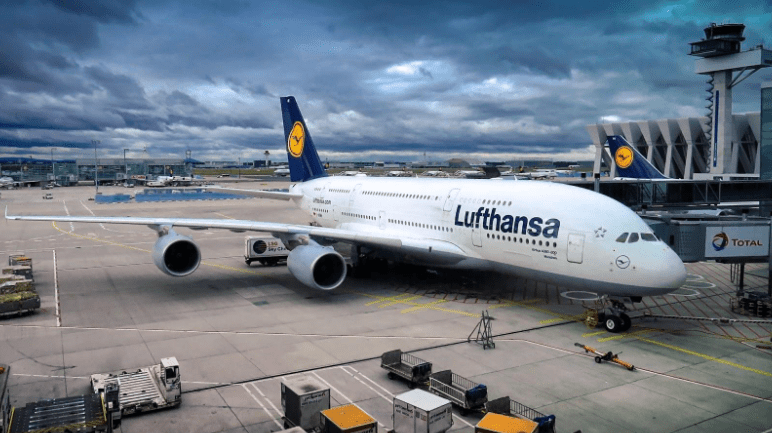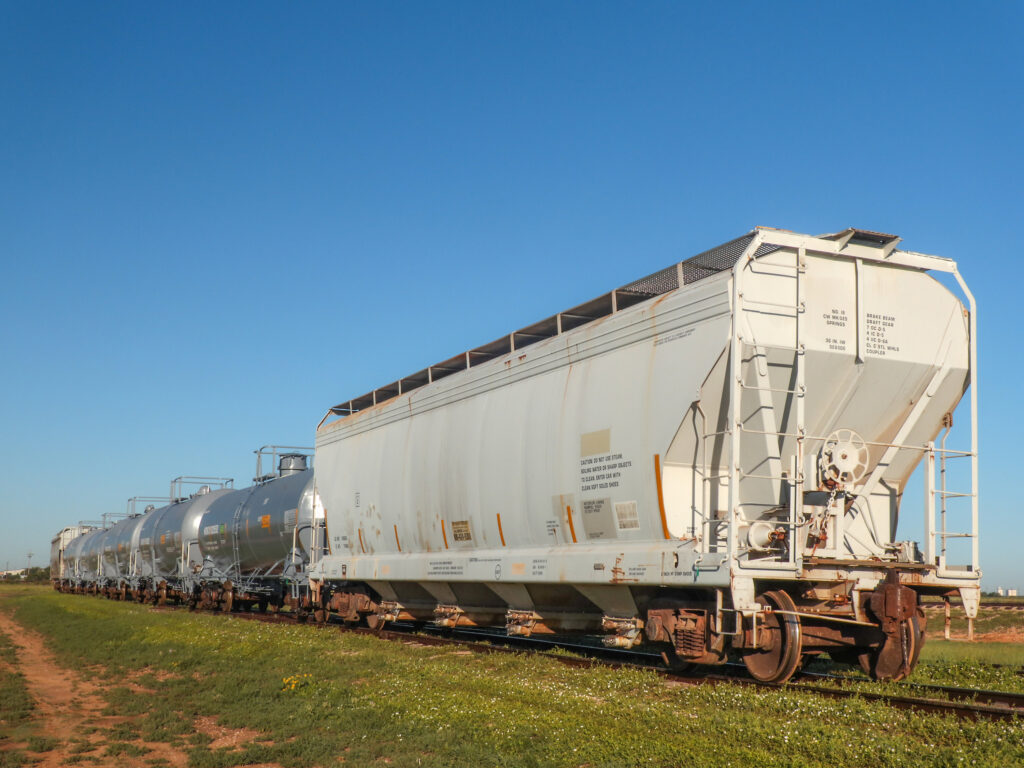Table of Contents
Shipping food products from China to the USA involves strict regulations, diverse transport modes, and temperature-controlled handling. Choosing the best strategy for food products shipping China to USA ensures compliance, minimizes risk, and delivers freshness across continents.
Why Food Products Shipping from China to USA Requires Expertise
Every year, millions of tons of food are exported from China to the United States, including sauces, snacks, noodles, seafood, and frozen goods. However, shipping food isn’t like general cargo — it requires compliance with the FDA Food Safety Modernization Act (FSMA) and U.S. import procedures.
Moreover, different food categories need different handling. For example, frozen seafood demands cold chain logistics, while packaged snacks can be shipped in dry containers. Selecting the right mode of transport ensures both safety and profitability.
What Are the Main Shipping Methods for Food Products?
Food products can be moved from China to the USA through sea freight, air freight, and express courier. The choice depends on urgency, product shelf life, and budget.
| Shipping Mode | Average Cost | Transit Time | Ideal For | Pros | Cons |
|---|---|---|---|---|---|
| Sea Freight (FCL/LCL) | $90–$160/CBM | 25–35 days | Bulk or dry food | Economical, scalable | Longer transit time |
| Air Freight | $5–$9/kg | 5–9 days | Perishable or premium food | Fast delivery | Higher cost |
| Courier/Express | $7–$15/kg | 4–7 days | Samples, small boxes | Door-to-door | Expensive for volume |
| Rail + Truck (Multimodal) | $150–$220/CBM | 20–25 days | Shelf-stable foods | Balance of cost/time | Limited ports available |
In short, for most exporters, sea freight remains the backbone of food products shipping China to USA, while air freight supports high-value perishables.




How Much Does It Cost to Ship Food from China to the USA?
Shipping cost varies depending on volume, weight, port, and delivery terms (Incoterms). Below is an average cost estimate for common shipment types:
| Cargo Type | Shipping Mode | Approx. Cost | Transit Duration |
|---|---|---|---|
| Dried food (1×20ft container) | Sea freight | $2,400–$3,200 | 28–33 days |
| Instant noodles (5 CBM) | Rail freight | $1,000–$1,400 | 22 days |
| Frozen shrimp (10 tons) | Reefer sea freight | $4,000–$5,000 | 30–35 days |
| Sauces & condiments (300 kg) | Air freight | $2,200–$2,800 | 6–8 days |
Tip: Consolidating multiple small shipments (LCL) can reduce overall cost per cubic meter while maintaining efficiency.
Real Case Studies: Shipping Food Products from China to USA
Case 1: Frozen Seafood – Qingdao to Los Angeles
Cargo: 1×40ft reefer container (18 tons frozen fish)
Mode: Sea freight with temperature control
Transit Time: 33 days
Cost: ~$5,200
Result: Delivered at -18°C, passed FDA inspection upon arrival.
Case 2: Packaged Snacks – Shenzhen to New York
Cargo: 8 CBM mixed snacks
Mode: LCL sea freight
Transit Time: 29 days
Cost: $1,700
Result: Arrived intact with proper labeling and customs documentation.
What Customs Documents Are Required for Food Shipments?
Shipping food to the USA requires precise documentation for clearance. Below is a quick checklist:
| Document | Description |
|---|---|
| FDA Registration Certificate | Mandatory for all exporters shipping edible products |
| Prior Notice to FDA | Must be submitted before shipment arrives |
| Commercial Invoice & Packing List | Lists item details, weight, and value |
| Health Certificate | Verifies food safety standards |
| Bill of Lading (B/L) | Proof of shipment ownership |
| Certificate of Origin | Confirms products are made in China |
| Import License (if applicable) | Required for specific food categories like meat or dairy |
Additionally, importers must appoint a U.S. Agent registered with the FDA to handle compliance and communication.

How to Handle Cold Chain Logistics for Perishable Foods
Maintaining product temperature is crucial for items such as seafood, frozen vegetables, and meat. Here’s how to safeguard cold chain shipping:
- Use reefer containers equipped with GPS and humidity control.
- Monitor temperature data throughout the journey using IoT sensors.
- Choose transshipment ports with cold storage facilities (e.g., Long Beach, Seattle).
- Schedule quick customs clearance to prevent thawing delays.
Moreover, when exporting frozen goods, ensure packaging is vacuum-sealed and labeled with clear storage instructions as per U.S. regulations.
Understanding FDA & USDA Import Rules for Food Products
The United States enforces stringent safety laws to prevent contamination or labeling violations. To comply:
- Register your factory with the FDA under the FSMA rule.
- Label all ingredients and allergens in English, including the importer’s address.
- Meet USDA animal product import regulations for meat, poultry, and eggs.
- Avoid banned ingredients like certain colorants or preservatives not approved by the FDA.
- Keep traceability records for at least 2 years for all food exports.
Failure to follow these can result in shipment detention or destruction at the port.
Practical Tips to Optimize Food Shipping Efficiency
To achieve cost savings and avoid disruptions in food products shipping China to USA, apply these best practices:
- Book early during high season to avoid container shortages.
- Select experienced freight forwarders familiar with FDA procedures.
- Bundle shipments to reduce handling fees per unit.
- Use palletization and proper labeling to speed up unloading.
- Monitor shipment progress via real-time logistics tracking.
- Combine transport modes (air + sea) for mixed food categories with different shelf lives.
By adopting these strategies, exporters can improve on-time delivery and maintain the integrity of sensitive goods.
Conclusion
Efficient food products shipping China to USA requires the right mix of logistics planning, compliance, and technology. By choosing the optimal mode of transport, preparing complete customs documentation, and maintaining cold chain integrity, businesses can deliver high-quality food safely to American consumers.
Ultimately, partnering with a trusted freight forwarder ensures smooth customs clearance, reduced transit costs, and better supply chain visibility — key elements for thriving in the global food trade.
Request a Quote
Need a tailored solution for your shipping from China?
Let TJ China Freight Forwarder assist you with reliable, cost-effective service.
FAQ:
Q1.What is the cheapest way to ship food products from China to the USA?
Sea freight is most affordable for large-volume shipments, especially for dry or packaged food goods.
Q2.How long does it take to ship food from China to the USA?
Sea freight takes 25–35 days, while air freight delivers in 5–9 days depending on route and carrier.
Q3.Can I ship frozen or chilled food to the USA?
Yes, use reefer containers or air cargo with continuous temperature monitoring for safe cold chain delivery.
Q4.What are common challenges in shipping food to the USA?
Delays often occur due to customs documentation errors, improper labeling, or lack of FDA registration.
Q5.Which U.S. ports handle most food imports from China?
Los Angeles, Long Beach, New York, and Seattle are the busiest ports for processed and frozen food imports.

